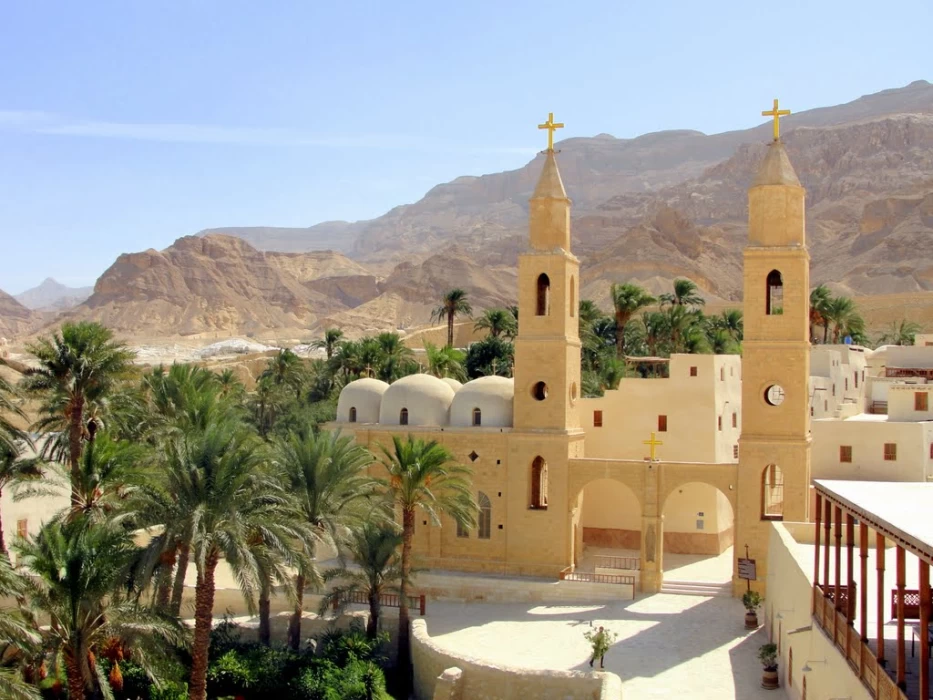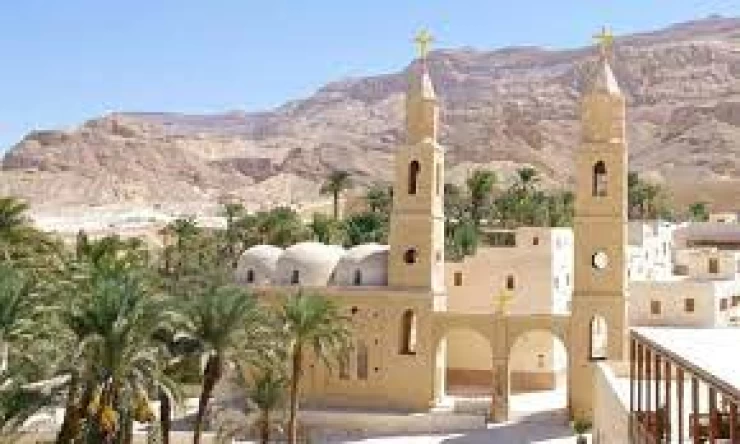
The Monastery of St. Anthony the Great in the Red Sea
The Monastery of St. Anthony the Great in the Red Sea
One of the oldest monasteries in the world, it was built in the Byzantine era and is located at the foot of Mount Qalazm in the Galilee Mountains. The monastery road begins 25 kilometers south of Zafarana, branching off from the main road, 12.5 kilometers west into the eastern desert on the Ras Ghareb-Zafarana road, north of the Red Sea governorate.
It is the first monastery established for monasticism in the world, and the second largest monastery after St. Catherine's Monastery in Sinai, with an area of about 18 acres, and the old monastery is surrounded by huge stone walls. The monastery houses one of the oldest churches, the Church of St. Anthony, which dates back to the ninth century AD, as well as the Grotto of St. Anthony, which is a seven-meter-long crypt that ends in a small room where the saint lived most of his life.
In addition to a fortress consisting of a ground floor and three floors, which is accessed by an overhead bridge that extends between the fort and the neighboring building. The walls of the monastery include a library and some other buildings such as a rest house and villas, while outside the old wall there are some modern buildings such as rest houses for overnight visitors, a retreat house, and a palace for foreigners.
The monastery also includes a fortress, one of the most important architectural parts within the monastery's wall, for the security of the monks and their safety from enemies, while the main lighthouse of the monastery is attached to the church of St. Anthony and St. Paula and dates back to the twentieth century.















